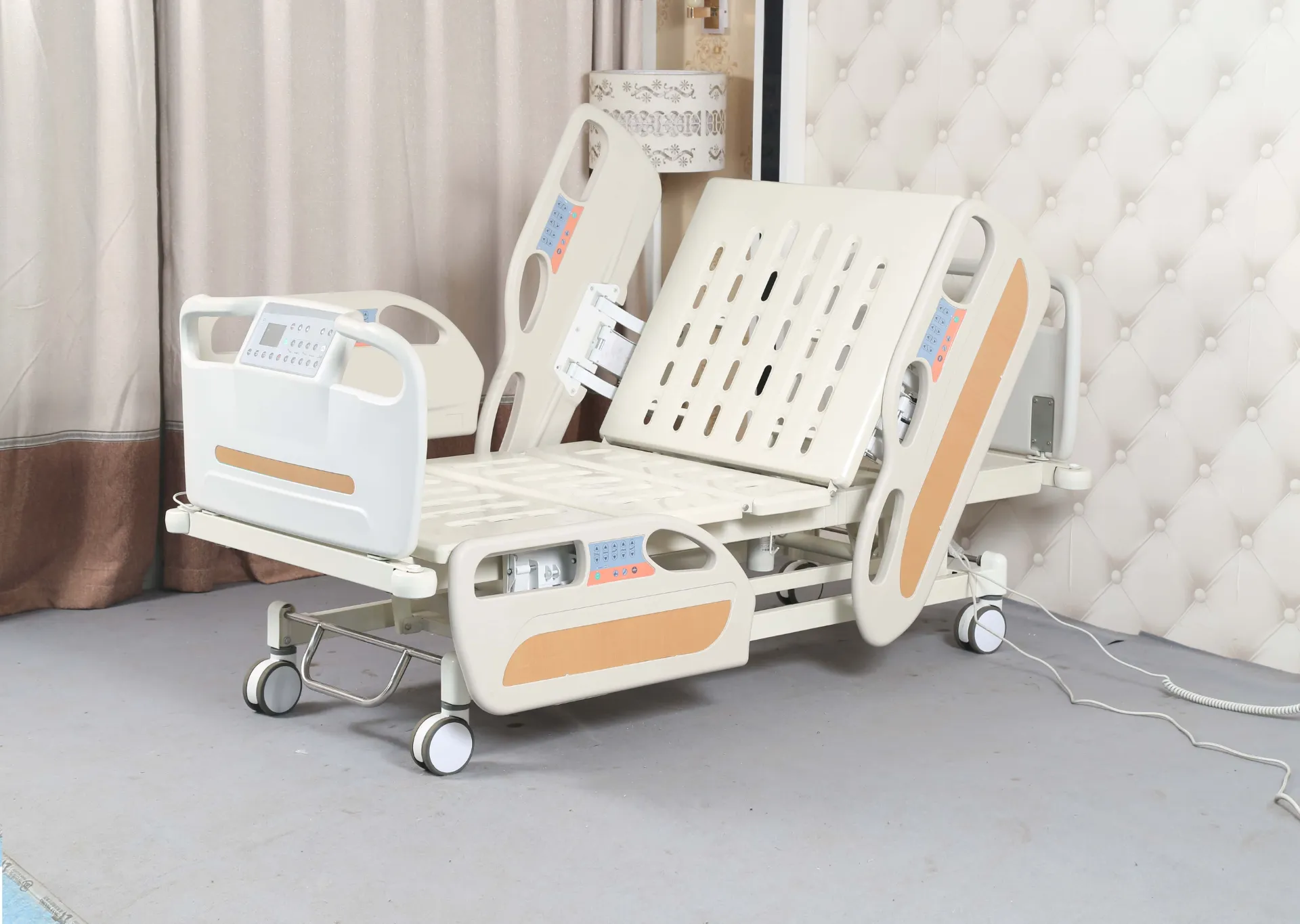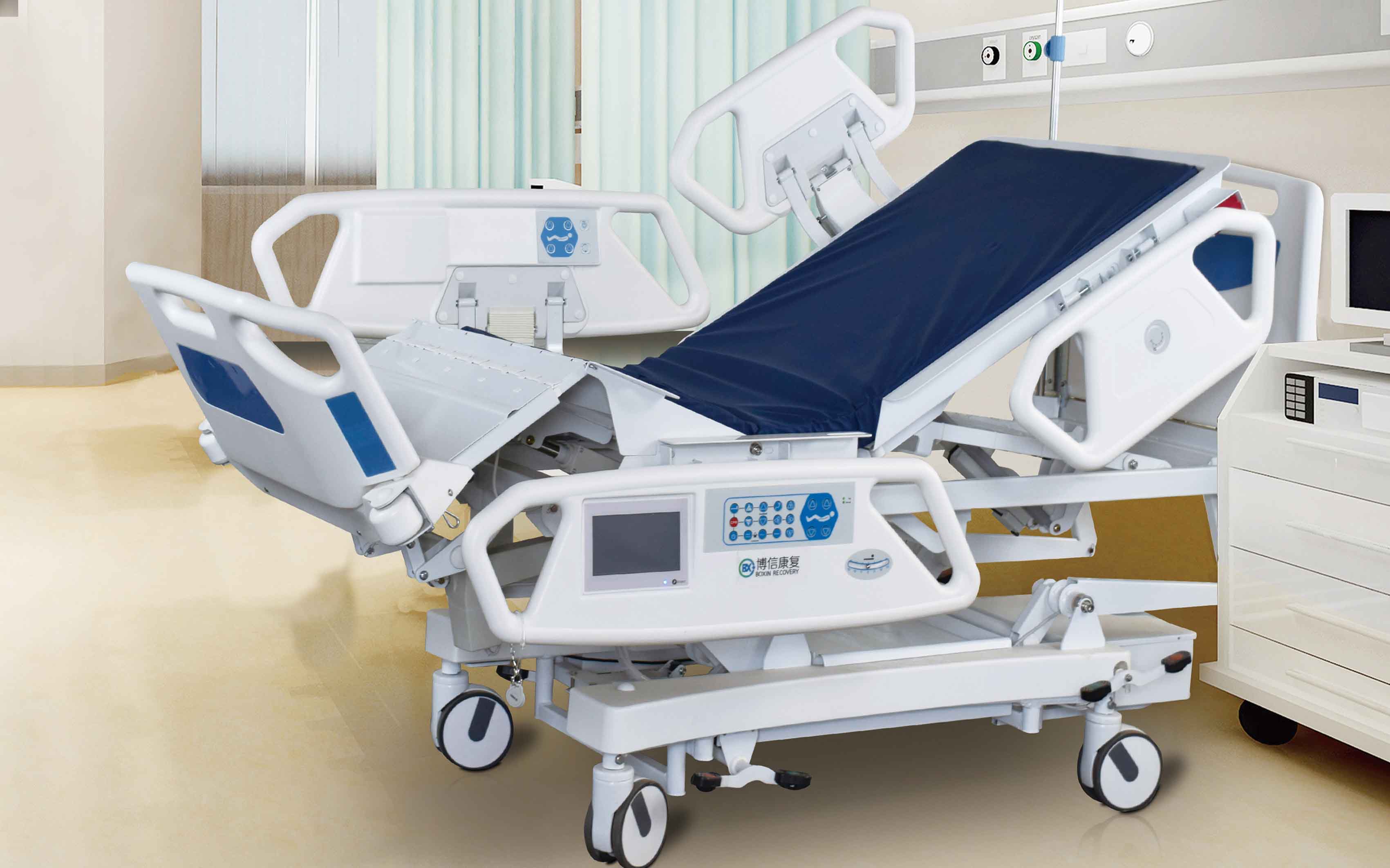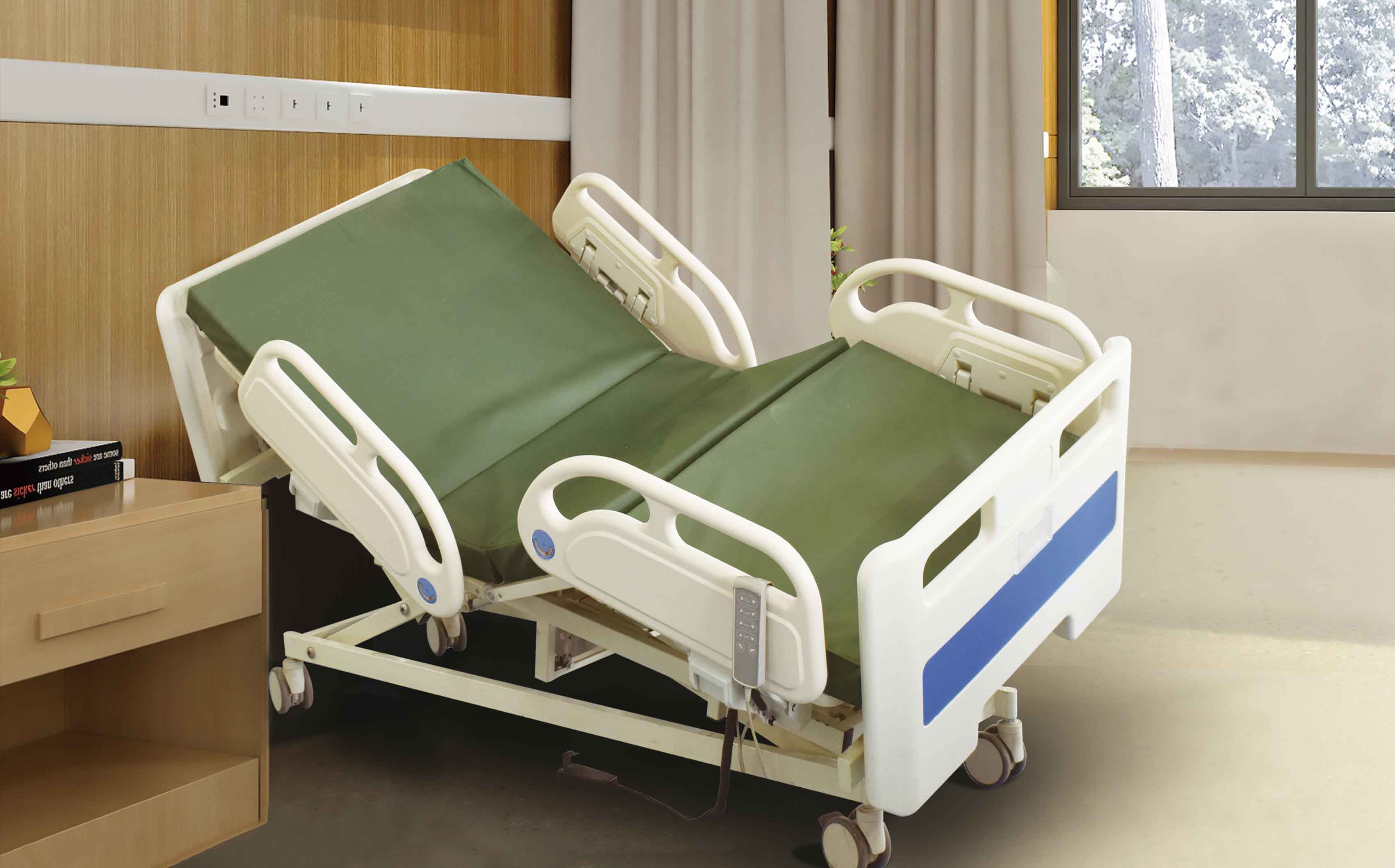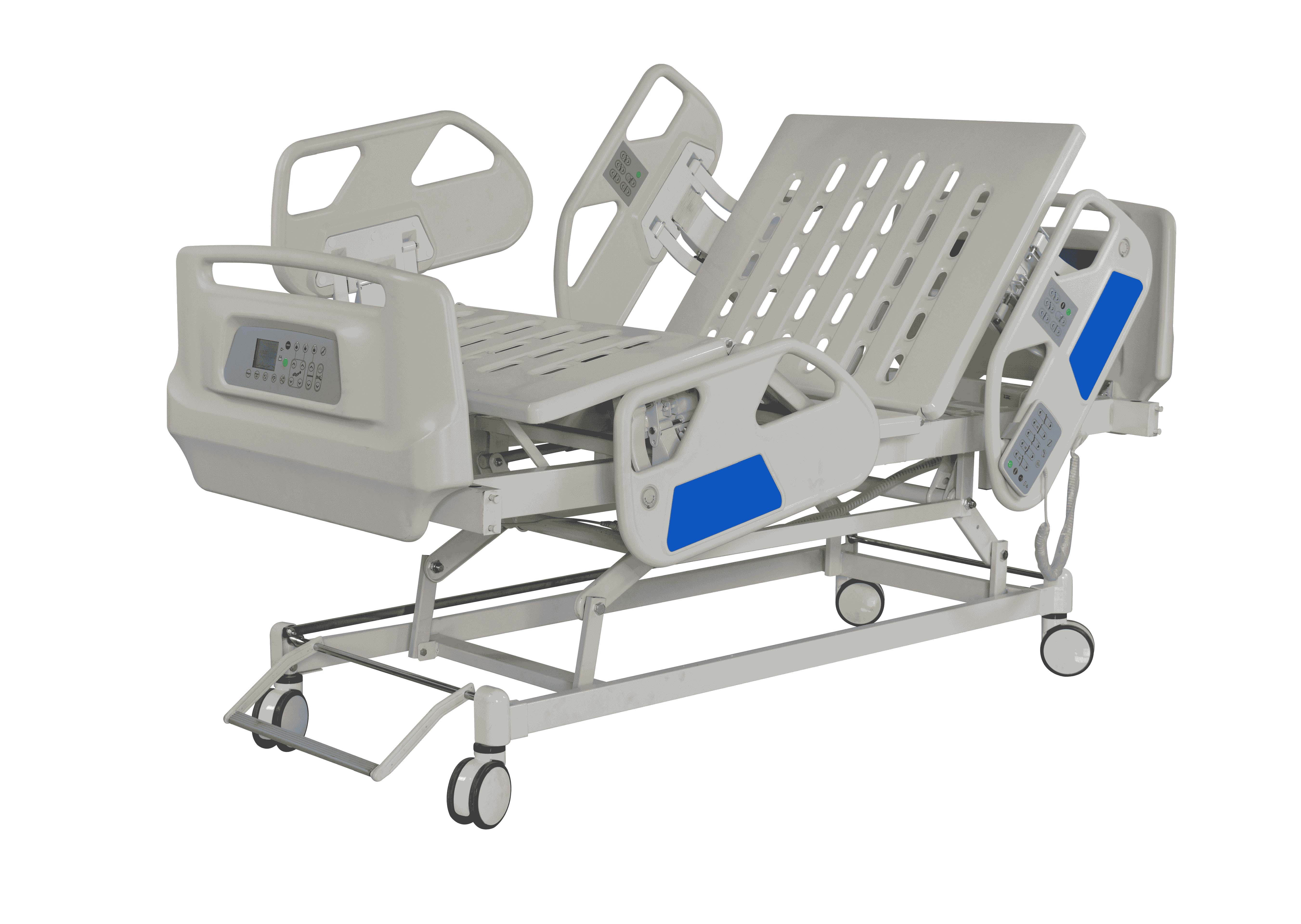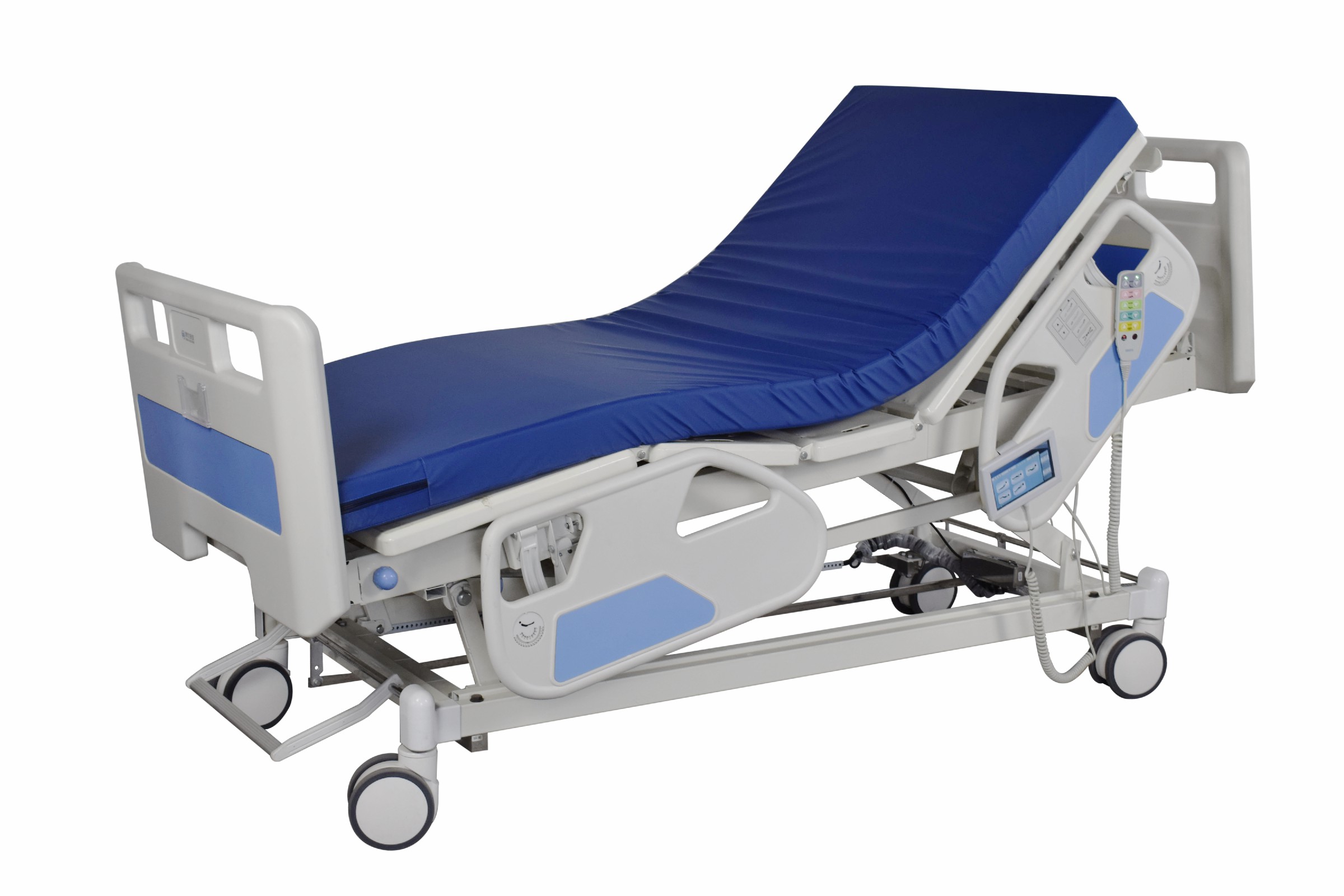Welcome to our websites!
Walking Stick with Seat | Sturdy Walk Aid & Equipment
In an era of unprecedented demographic shifts, with the global population of individuals aged 60 and over expected to double by 2050, the demand for high-quality mobility solutions has never been more critical. The humble **walking stick** has evolved from a simple wooden staff into a sophisticated piece of engineering. Today's advanced walking assistance devices are designed not just for support, but for enhancing independence, safety, and quality of life. This guide will explore the landscape of modern **walking equipment**, focusing on the "Walking assistance devices walking aids for elderly," a premier product that exemplifies innovation in this field.
From the choice of advanced materials to ergonomic design principles, we will uncover what makes a modern walking stick a vital tool for millions. We'll examine industry trends, technical specifications, and the meticulous manufacturing process that ensures reliability and user trust.
Explore Our Advanced Walking Aids
The "Walking assistance devices walking aids for elderly" - engineered for stability and comfort.
Industry Trends: The Growing Market for Assistive Technology
The global market for assistive devices for the elderly and disabled was valued at approximately USD 25.1 billion in 2022 and is projected to grow at a CAGR of 6.1% from 2023 to 2030. This growth is driven by several factors, including the aging global population, rising prevalence of chronic diseases like arthritis and osteoporosis, and a growing emphasis on home healthcare. A modern **walking aid** is no longer an afterthought but a central piece of **walking equipment** in a comprehensive care plan. The trend is shifting from basic, functional devices to 'smart' aids that may incorporate features like fall detection, GPS tracking, and superior ergonomic designs. Even a non-powered **walker no wheels** or a **walking stick** now benefits from aerospace-grade materials and manufacturing precision.
Data from the World Health Organization (WHO) highlights that by 2030, 1 in 6 people in the world will be aged 60 years or over. This demographic reality underscores the necessity for reliable, durable, and user-friendly mobility aids. Consumers and healthcare providers are increasingly looking for products that are not only functional but also lightweight, adjustable, and aesthetically pleasing, reducing the stigma sometimes associated with using a **walk aid**.
Technical Deep Dive: "Walking assistance devices walking aids for elderly"
Our featured product stands at the forefront of this evolution. It is more than just a **walking stick**; it's a comprehensive mobility solution designed with the user's anatomy and daily challenges in mind. Let's break down its technical specifications and advantages.
Key Technical Specifications
| Parameter | Specification | Benefit to User |
|---|---|---|
| Material | 6061-T6 Anodized Aluminum Alloy | High strength-to-weight ratio; corrosion-resistant, durable, and lightweight for easy handling. |
| Height Adjustment Range | 75 cm - 98 cm (10 levels) | Accommodates a wide range of user heights, ensuring proper posture and ergonomic use. |
| Weight Capacity | Tested up to 136 kg (300 lbs) | Provides robust and reliable support for a majority of users, ensuring safety. |
| Product Weight | 350 grams | Extremely lightweight, reducing fatigue for the user during prolonged use. |
| Grip Material | Ergonomic TPR (Thermoplastic Rubber) | Soft, non-slip, and shock-absorbent, reducing pressure on the wrist and hand. |
| Tip/Ferrule | Anti-slip, high-traction rubber with steel insert | Maximizes stability on various surfaces (wet, uneven, smooth) and enhances durability. |
| Locking Mechanism | Positive-locking push button with a silencing collar | Securely locks height adjustments without rattling, providing confidence and quiet operation. |
| Certifications | ISO 11199-2:2005, CE Marked, FDA Registered | Meets rigorous international standards for safety, quality, and performance of walking aids. |
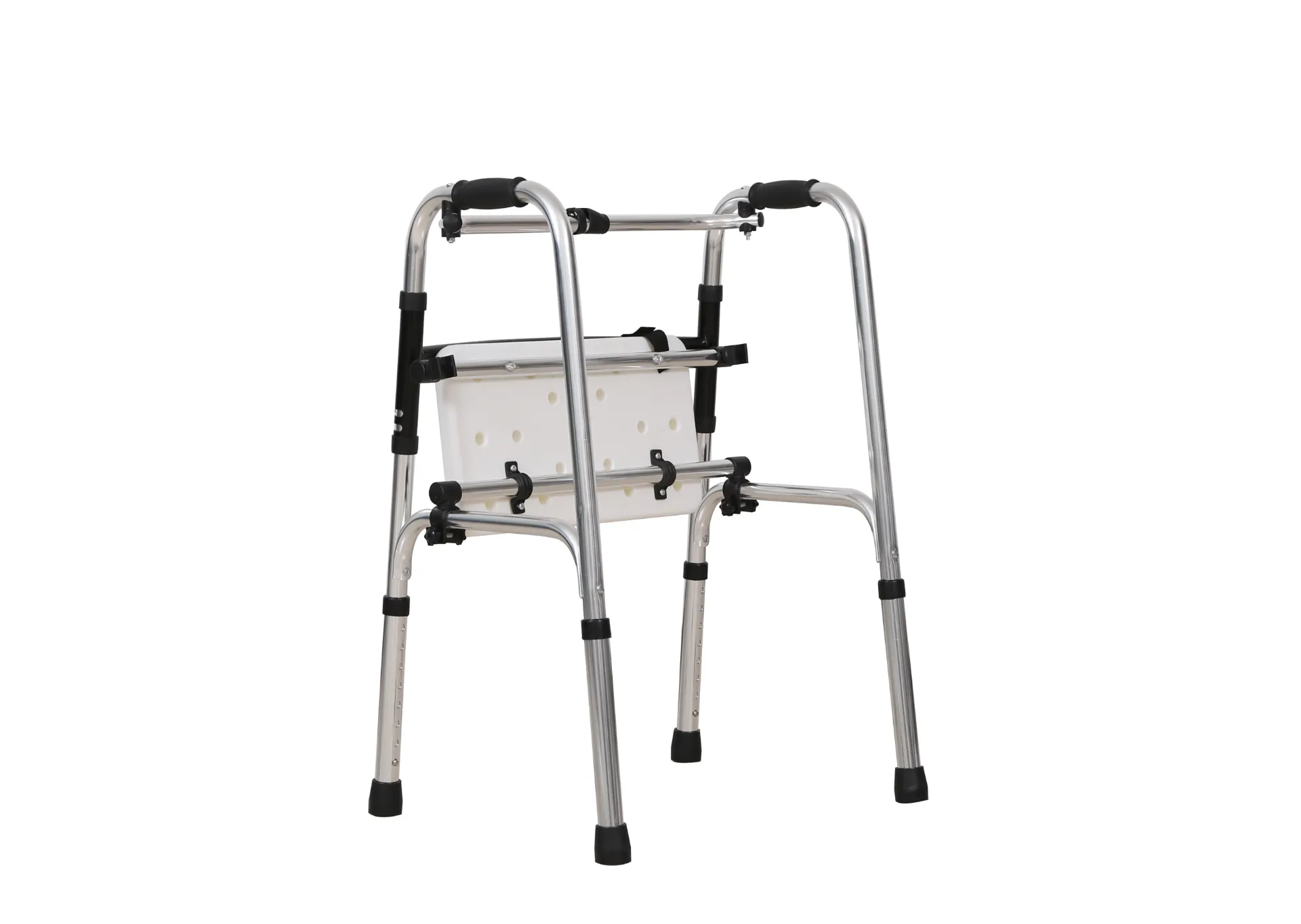
Precision-engineered height adjustment mechanism for a custom fit.
Data-Driven Performance Insights
Visualizing the data reveals the superior engineering of our **walking assistance devices**. Compared to generic alternatives, the focus on material science and ergonomic design delivers tangible benefits in safety, durability, and user comfort.
Material Composition Breakdown
- ■ 85% 6061-T6 Aluminum
- ■ 10% TPR (Grip & Parts)
- ■ 5% Steel (Reinforcements)
Performance vs. Standard Competitor
The Art of Manufacturing: A Journey from Raw Material to a Reliable Walking Stick
The quality of a **walking stick** is not just in its design, but deeply rooted in its manufacturing process. Our commitment to excellence is reflected in a meticulous, multi-stage production flow that adheres to stringent quality control standards like ISO 9001. This ensures every **walk aid** we produce is a testament to durability and safety.
Step 1: Material Selection & Inspection
We begin with premium-grade 6061-T6 Aluminum Alloy tubes. Each batch is subjected to spectrographic analysis to verify its chemical composition and tensile strength, ensuring it meets our specifications for lightweight durability. This material is chosen for its excellent corrosion resistance, crucial for long-term use in various environments.
Step 2: CNC Precision Cutting & Drilling
The aluminum tubes are cut to precise lengths using automated CNC (Computer Numerical Control) machines. The adjustment holes are drilled with tolerances of ±0.05mm, guaranteeing a perfect fit for the locking pin and eliminating any wobble or instability—a critical safety feature.
Step 3: Forging & Handle Assembly
The handle's core structure is often forged for maximum strength in the critical load-bearing neck area. The ergonomic TPR grip is then over-molded onto this core. This process creates a seamless, durable bond that won't twist or slip, providing a secure and comfortable user interface.
Step 4: Anodizing and Surface Treatment
All aluminum components undergo an anodizing process. This electrochemical treatment creates a hard, corrosion-resistant oxide layer on the surface. It not only protects the metal from scratches and environmental factors but also provides a clean, aesthetic finish. This is far superior to simple painting, which can chip or peel.
Step 5: Rigorous Quality Control & Testing
Every single **walking stick** is subjected to a battery of tests compliant with ISO 11199-2:2005 standards. This includes static load testing (verifying the 136kg weight capacity), fatigue cycle testing (simulating years of use), and functional checks of the locking mechanism. We ensure every product leaving our facility is flawless.
Step 6: Final Assembly & Packaging
The final components—the anodized tube, the ergonomic handle, the high-traction tip, and the locking mechanism—are assembled. A final visual inspection is performed before the product is carefully packaged with user instructions, ready for delivery.
Competitor Comparison: Why Our Walking Aid Excels
When selecting **walking equipment**, subtle differences in design and material can have a significant impact on daily life. Here’s how our "Walking assistance devices walking aids for elderly" compares to standard, off-the-shelf models.
| Feature | Our Advanced Walking Stick | Generic/Standard Walking Stick |
|---|---|---|
| Material & Finish | Anodized 6061-T6 Aerospace Aluminum | Basic grade aluminum, often painted |
| Ergonomics | Scientifically designed TPR grip, shock-absorbing | Hard plastic or simple foam handle |
| Safety Lock | Rattle-free, positive push-button lock with silencer | Basic pin lock, often with noticeable "play" |
| Durability of Tip | High-density rubber with internal steel washer | Softer rubber that wears out quickly |
| Weight | ~350g (Optimized for strength-to-weight) | Often heavier (>450g) or flimsy if too light |
| Certification | CE, FDA, ISO 11199-2:2005 | Often uncertified or lacks specific standards |
Application Scenarios & Real-World Experience
A superior **walking stick** proves its worth in the real world. Our devices are trusted by individuals and healthcare institutions across various settings, from demanding environments like hospitals to the comfort of one's home.

Ideal for both indoor and outdoor use, providing confidence with every step.
Case Study: Mrs. Eleanor Vance's Recovery Journey
Experience: Mrs. Vance, a 78-year-old retired teacher, was recovering from a partial hip replacement. Her physical therapist was concerned about stability and user fatigue with standard-issue crutches. We provided her with our advanced walking stick as she transitioned from a walker.
Feedback: "The difference was night and day," Mrs. Vance reported. "The handle on this **walk aid** didn't make my hand ache like the old one, and it felt so much lighter, yet incredibly sturdy. The 'click' of the height adjustment was reassuring. I felt more confident walking around my garden, and that little bit of independence was everything to my recovery." This experience highlights the importance of ergonomic design and lightweight materials in promoting user compliance and psychological well-being.
Typical Application Industries:
- Hospitals & Rehabilitation Centers: For post-operative patient mobilization, ensuring safety and reducing strain on recovering patients and staff. Its corrosion-resistant surface is easy to sanitize.
- Assisted Living & Geriatric Care: As a primary mobility tool for residents, enhancing their autonomy and reducing the risk of falls—a major concern in elderly care.
- Home Healthcare: For individuals managing chronic conditions like arthritis, MS, or balance disorders. It's a reliable partner for daily activities.
- Temporary Use: For individuals recovering from leg or foot injuries who need a reliable **walking aid** but not a cumbersome **walker no wheels**.
Building Trust: Our Commitment to Quality and Support
Trustworthiness is the cornerstone of our brand. We demonstrate this not only through superior products but also through transparent policies and robust customer support, ensuring peace of mind for every user.
2-Year Comprehensive Warranty
We stand behind our craftsmanship. Our **walking stick** comes with a 2-year warranty against manufacturing defects.
Reliable Delivery & Timelines
Standard delivery within 7-14 business days. Expedited options are available. We provide tracking for every order.
Dedicated Customer Support
Our expert team is available to answer questions about product selection, sizing, and use. Contact us anytime.
Frequently Asked Questions (FAQ)
1. What is 6061-T6 Aluminum, and why is it better for a walking stick?
6061 is an aluminum alloy with magnesium and silicon as its main alloying elements. The "T6" temper means it has been solution heat-treated and then artificially aged. This process significantly increases its strength, making it comparable to some steels but at a fraction of the weight. For a **walking aid**, this means maximum durability and support without the burden of a heavy device, reducing user fatigue.
2. How do I determine the correct height for my walk aid?
Stand up straight in the shoes you'll typically wear. Let your arms hang naturally at your sides. The top of the **walking stick** handle should align with the crease in your wrist. When you hold the grip, your elbow should be bent at a comfortable angle, about 15-20 degrees. Our 10-level adjustment system makes it easy to find this perfect height.
3. What does it mean for a product to be compliant with ISO 11199-2:2005?
ISO 11199-2:2005 is an international standard that specifies requirements and test methods for walking aids manipulated by both arms, which includes crutches and some walkers. While our product is a single **walking stick**, we apply the relevant testing principles (like static load and fatigue tests) from this rigorous standard to ensure our products meet an equivalent level of safety and reliability, demonstrating our commitment to quality beyond basic requirements.
4. How is an anodized finish different from a painted one?
Anodizing is an electrochemical process that integrates the finish with the aluminum itself, creating a hard, durable, and corrosion-resistant surface. Paint, on the other hand, is a coating that sits on top of the surface and is prone to chipping, scratching, and peeling over time. Anodizing provides a far superior, longer-lasting, and more protective finish for **walking equipment**.
5. Can the rubber tip be replaced?
Yes, absolutely. The tip (or ferrule) is a wearable part designed for replacement. We recommend inspecting it regularly for wear and tear. A worn tip can compromise stability. We offer high-quality replacement tips that are easy to install, ensuring your **walking stick** remains safe for years to come.
6. Is this walking stick suitable for bariatric users?
This model is tested and rated for a weight capacity of up to 136 kg (300 lbs). While it accommodates a wide range of users, individuals exceeding this weight should seek specialized bariatric equipment. We prioritize safety and recommend always adhering to the product's specified weight limits.
7. What is the difference between a walking stick and a medical waiting chair?
A **walking stick** is a mobility aid designed to provide support, improve balance, and assist with walking. A `waiting chair`, on the other hand, is a piece of static furniture, typically found in clinics or hospitals, for seating. While some innovative walking sticks incorporate a small, foldable seat (sometimes called a cane seat or chair cane), they serve different primary functions. Our product is purely a high-performance **walking stick** focused on optimal walking support.
Authoritative References & Further Reading
Our commitment to E-E-A-T (Experience, Expertise, Authoritativeness, Trustworthiness) is backed by industry knowledge and data. For those interested in further research on mobility and aging, we recommend the following resources:
- World Health Organization (WHO) - "Ageing and health": This comprehensive overview provides global context on the challenges and opportunities of an aging population, underscoring the need for assistive technologies. Read more at WHO.int
- The Journal of Gerontology: Series A, Biological Sciences and Medical Sciences - "Gait, Balance, and Fall Risk in Aging": Academic research in this journal often covers the biomechanics of walking and the efficacy of various interventions, including the use of a **walking stick**. Explore the Journal
-
Transforming Healthcare with Hospital FurnitureNewsJun.24,2025
-
Rehabilitation EquipmentNewsJun.24,2025
-
Mobility and Independence with WheelchairsNewsJun.24,2025
-
Freedom of Mobility with Our Rollator WalkersNewsJun.24,2025
-
Comfort and Independence with Commode ChairsNewsJun.24,2025
-
Bathing Safety and Independence with Shower ChairsNewsJun.24,2025
-
Navigating the Wholesale Landscape of Electric Mobility Solutions: Key Considerations for Power Wheelchair DealersNewsJun.10,2025


